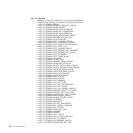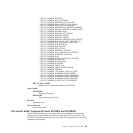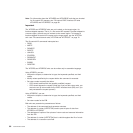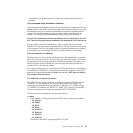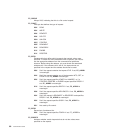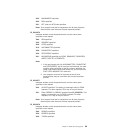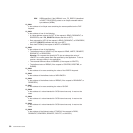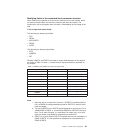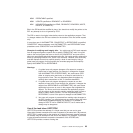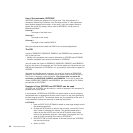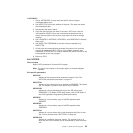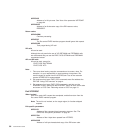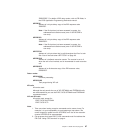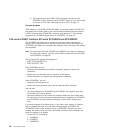
Modifying fields in the command-level parameter structure
Some fields that are passed to file control are used as input to the request, some
are used as output fields, and some are used for both input and output. The
method your user exit program uses to modify a field depends on the usage of the
field.
A list of input and output fields:
The following are always input fields:
v FILE
v FROM
v KEYLENGTH
v REQID
v SYSID
The following are always output fields:
v INTO
v NUMREC
v SET
Whether LENGTH and RIDFLD are input or output fields depends on the request,
as shown in Table 4. A dash (—) means that the keyword cannot be specified on
the request.
Table 4. LENGTH and RIDFLD as input and output fields
Request LENGTH RIDFLD
READ Output See Note 1.
WRITE Input See Note 2.
REWRITE Input —
DELETE — See Note 3.
UNLOCK — —
STARTBR — Input
READNEXT Output Output
READPREV Output Output
ENDBR — —
RESETBR — Input
Note:
1. Normally, this is an input field. However, if UPDATE is specified and the
file is a BDAM file using extended key search, RIDFLD is used for both
input and output.
2. The use of RIDFLD on a WRITE request depends on the file type. For a
VSAM KSDS or RRDS, or a fixed-format BDAM file, RIDFLD is an input
field. For all other file types, it is used either for output only, or for both
input and output, and should be treated like an output field.
3. RIDFLD is an input field on DELETE requests that are not preceded by a
READ UPDATE. It is not specified on requests that are preceded by a
READ UPDATE.
Chapter 1. Global user exit programs 91




